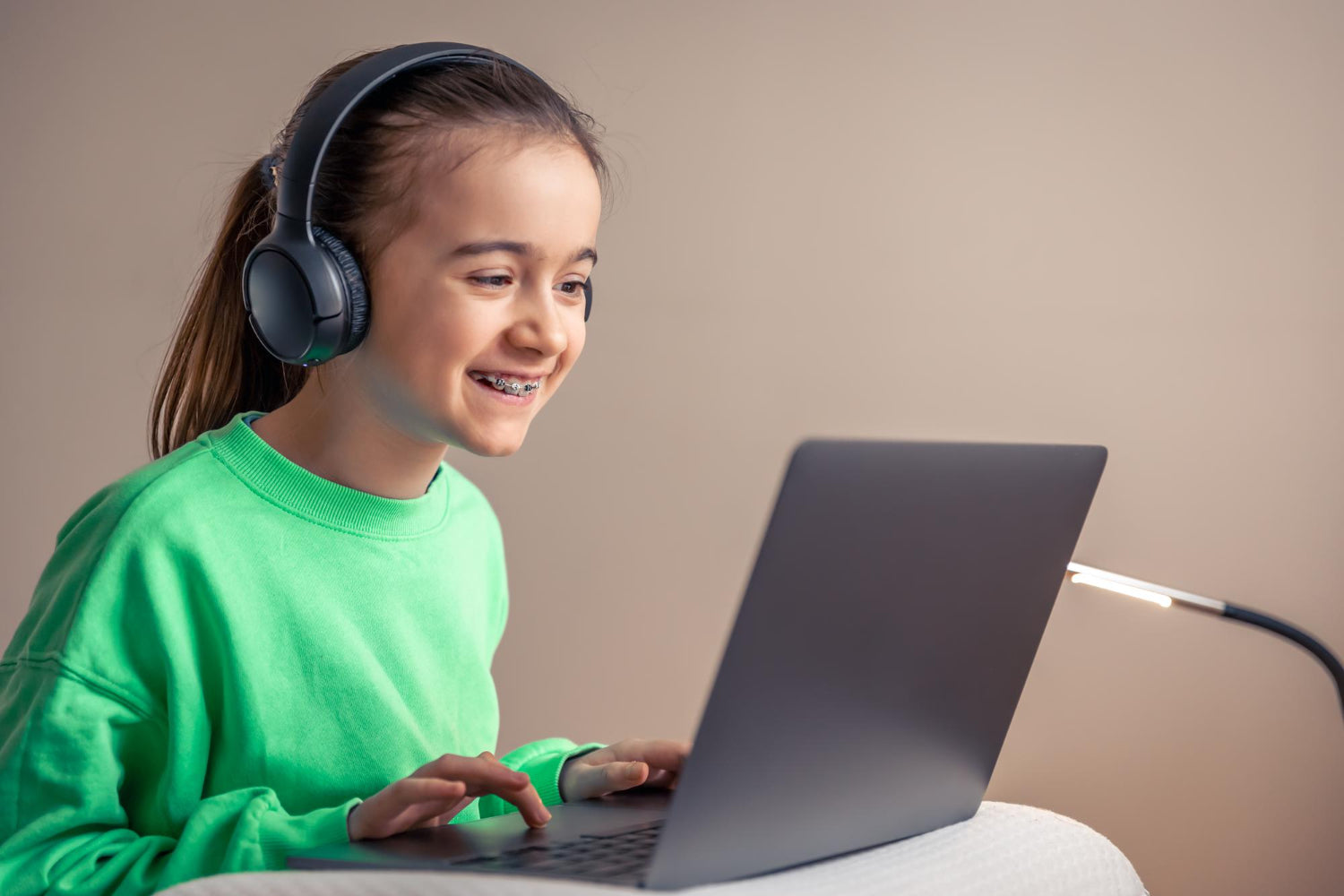Do you want to improve cognitive skills?
Start Your Personalised Brain Training
How does it work?

Personalised Brain Training in children stimulates different patterns of neuronal activation. Repeated activation of these patterns through correct cognitive stimulation can reinforce existing neural connections and support development of new synapses and neuronal circuits.

Personalised Brain Training trains 23 fundamental cognitive skills.
Cognitive Domain Trained
Memory
Cognitive Domain Trained
Perception
Cognitive Domain Trained
Reasoning
Cognitive Domain Trained
Coordination
Cognitive Domain Trained

